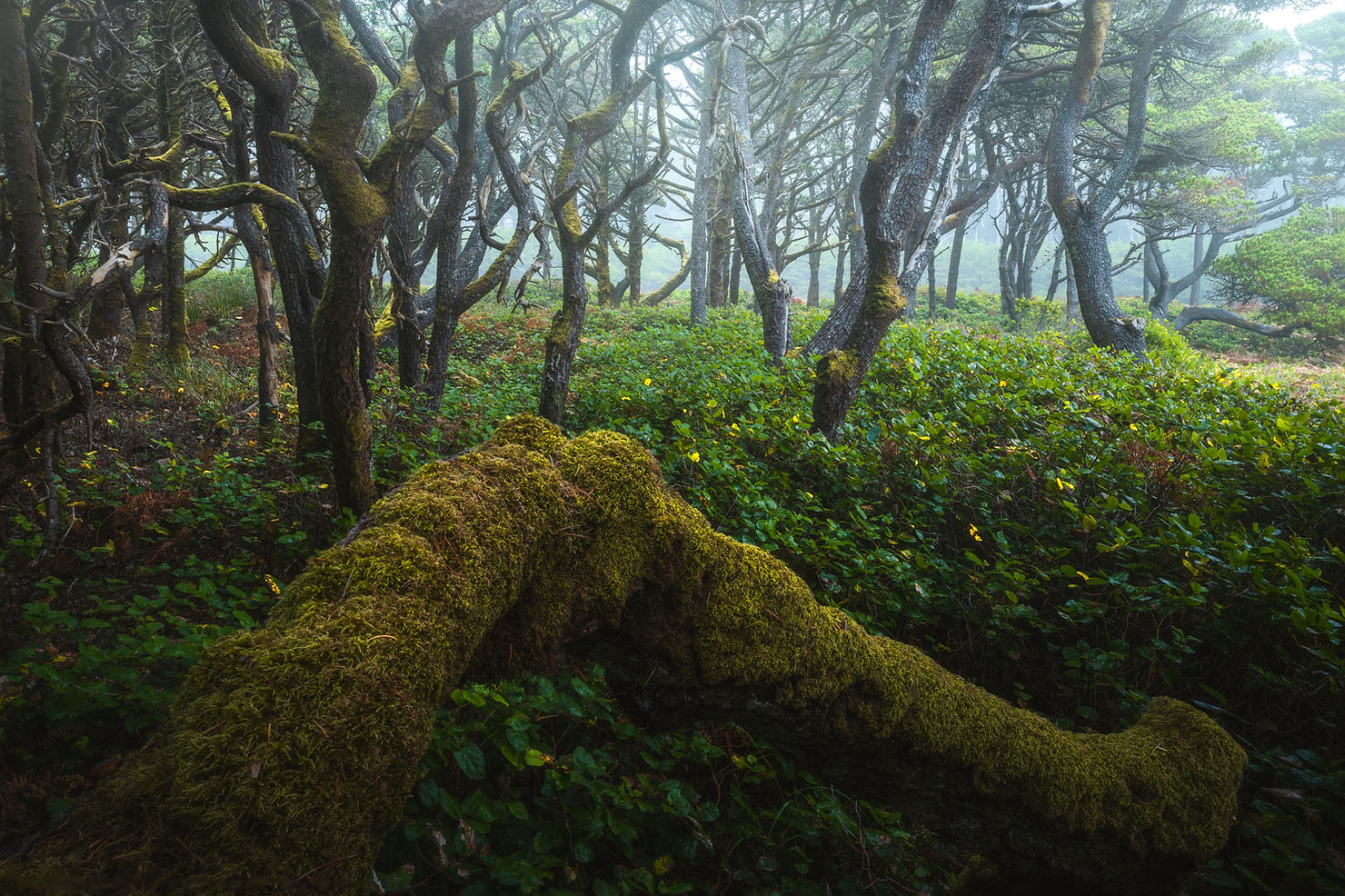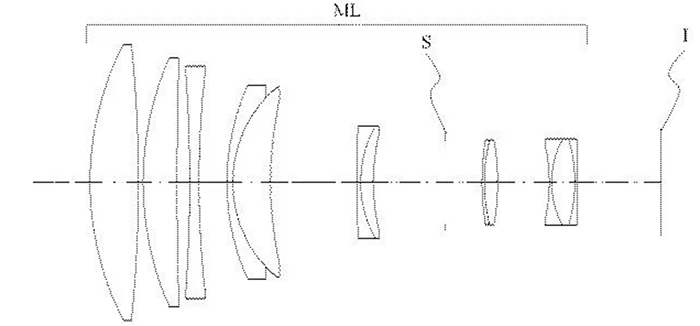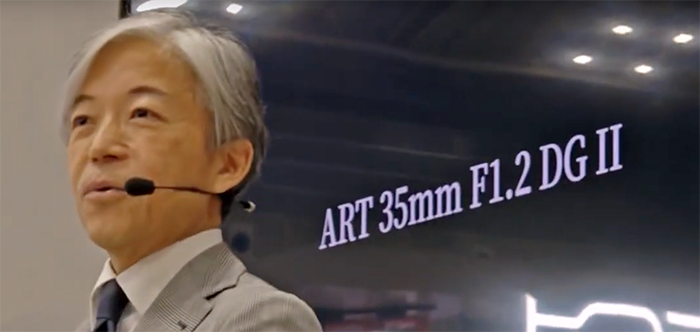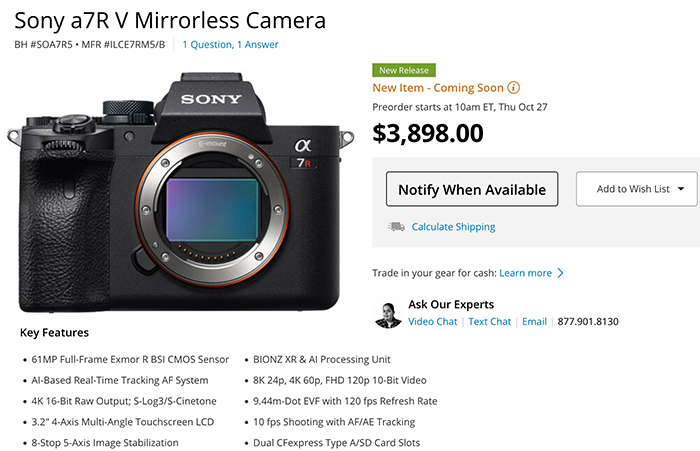
DISCLAIMER: I am a Sony ambassador and have had this camera months before the original announcement on October 26. I was one of the first photographers in Europe using this camera and you can see me being featured in the original launch video. This article is NOT a review. It’s simply a sum up of how I use the camera as (now) my main body as a landscape photographer and all the new functions and features. Also: I do try to give you a lot of information, photos of the camera, and photos with the camera. But it’s not complete yet. I will update this article a few times with new information, mainly because I could not test everything properly yet due to the fact that there are was no RAW conversion available yet. I had to do some ‘tricks’ to be able to edit and see the RAW files, but they might have affected the files in some way. More on that later.

Look & Feel

Let’s continue about the movie mode. The A7RV now has a handy new switch below the main dial on top. This switch lets you switch super quickly to movie or S&Q mode. We know this switch from the A7IV. What’s very handy about this is that you can completely customise the whole camera for video and just flip that one switch to start shooting video, with all the picture profiles and favourite settings going with it. Then when you shot a clip and want to switch back, simply switch back to photo and continue with photo shooting. And yes, the camera shoots 8k internally (25 or 30p)

Other things you’ll immediately notice is that you can now use the CFExpress cards (2 slots) and the Electronic viewfinder is much better. It looks much better if you’re used to using the A7RIV.

Comparison with the A1 and A7RIV
The Flip Screen

An example of how the screen flips up when I use the camera close to the ground. This is the same way I would use my A7RIV

Now the great thing about this is you can use it with L-brackets. No issues at all with flipping the screen out with an L-bracket, simply because it pulls out a bit first, and then flips around, leaving enough space for the L-bracket to be in place. This mechanism is actually great, and works very well. I was able to flip my screen in every direction using an L-bracket. So when I use my camera horizontally, I use the flip screen similar to my A7RIV. When I get low to the ground, I simply flip it up. Then, when I use my camera vertically I flip the screen around and can also get a nice view with a low vertical angle. It’s basically the best of both worlds.






Focus Bracketing
Finally! I’m sure some of us had been waiting for this for a while already but this camera now finally has it: focus stacking! Or how it’s called inside of the camera: Focus bracketing. This is a technique I often use in the field to get images 100% sharp from the very front to the very back of the photo. I often use it with wide angle lenses where I get very close to my foreground subject, and simply can’t get both the foreground and background in focus, even at f/14 or narrower. This allows you to get a 3D-effect in a photo that I love myself.
How focus bracketing works in the camera: You simply select it in the shooting menu where you would normally select normal bracketing as well. It’s directly listed under that, so very fast to access. You can then select how many photos the camera will take. You can actually just put a very high number, as the camera will simply stop taking photos when it reaches infinity focus. You can also select a number from 1 to 10 on the distance in between the shots. This is a bit cryptic and I have tested a bunch of numbers, but when using a wide focus length (around 12-18mm) you are mostly fine putting it at number 10 (widest distance), but if you are shooting with telephoto you may want to put it to 5 or lower. When you are focus stacking with a macro lens, I recommend a very low number.




This photo is a great example of a photo where I would sometimes just miss focus points. It was shot on 18mm with the bottom left plant super close to the camera. 8 stacked photos were used.

Shot in Oregon in the US where a thin fog layer separated the elements. This was shot at 14mm with f/10, 7 stacked photos were used.

A tiny waterfall in madeira with lots of different layered elements: the plants, the little branch on top, and the layers in the mid/background with the waterfall. 27mm (with the 24-70 GMII), f/14, 6 shots.

Now as you can see, I often use focus stacking with wide angle lenses but the automated focus bracketing allows you to use it in more precise situations, like macro for example:

The focus bracketing allows me to do more shots I envision in the field and makes sure I don’t miss focus points again. Before this, I wouldn’t even try focus stacking a macro shot.
Some shots done with the Bulb-timer:
45 seconds


90 seconds

Better Image Stabilisation of 8 stops:
As someone who quite often shoots hand held for flexibility, this is a very welcome addition. I did notice the IS was improved and was able to do hand held shots with quite low shutter speeds. Not sure if that’s really 8 stops though :)

AI Autofocus

New Pixel Shift
Sony added an update to the pixel shift function that now works much better with movement. This will make it more ‘useable’. I actually didn’t use the pixel-shift function that much, just because of that. Now I have to test this out in the field more to comment on how well this works. With the current RAW files I wasn’t able to properly test this function yet.
Much better EVF
Looking through the EVF is SO much better compared to my A7RIV. The resolution has improved and the colours look beautiful through it. I really noticed a lot of difference.
‘New’ Menu
Obviously, the A7RV has the ‘new’ menu. I say ‘new’ because all recent Sony cameras already have this menu, but the A7RIV still has the old one.
Image quality
The A7RV has lots of great updates and the A7RIV really needed that update that is the A7RV. But what about the image quality?
The reason is obviously the RAW files. There is simply no RAW converter out yet that properly addressed the files. I was able to open them with Sony’s Imaging Edge software, but that way you can only export them to .TIF with not the full RAW capabilities. The closet I was able to get to the ‘real’ RAW was to use Exiftool to rename the Exif data to that of the A7RIV. With that, I was able to open the files in Lightroom and Camera RAW and edit them how I would normally do. However, I’m not sure if the color and RAW data is as accurate as it should be when doing that. Because of that, I don’t want to comment too much about the low light and other image quality yet.
This part of the article will be updated as soon as soon as the proper RAW converters are there and when I have shot some more low light footage as well :)
End word
So what do I think of it? I still love my A7RIV, so for me the A7RV is simply great. It’s basically my A7RIV in an updated body with tons of new features on basically everything. Better AF, 8k video, Better Image stabilisation, lots of new features that are super useful for me as a landscape photographer. For me, it’s basically what I needed. I do want to test out the image quality more regarding low light performance and if we can see a real difference, so more on that later :)
Summary:
-
61 MP with beter color accuracy and slightly better low light performance (Sony said).
-
New AI Autofocus.
-
New body that looks like A1 and A7IV.
-
Totally new flip screen that works great for every direction and works well with L-bracket.
-
2 CFcard express slots (you can use SD-cards as well).
-
Movie switch that you can completely customise all movie settings on.
-
Better higher resolution EVF.
-
Touch screen improved and now also has touch shutter.
-
Better Pixel shift that handles movement better.
-
Focus Bracketing option: focus stacking for landscape photographers.
-
Bulb timer: Longer exposures than 30 seconds simply thought the menu. No remote needed.
-
Many more things that I probably forgot.
I am probably forgetting some other new features, but in the few weeks I used the camera I was so busy shooting on assignments and workshops that I just ‘used’ the camera how I would normally use it and wasn’t too focused on trying every single thing in the menu. I can say though, like usually I have used the camera in lots of different and wet conditions: Along the Oregon Coast, on Madeira Island in Portugal, and on foggy Dutch mornings. The camera often got soaking wet from rain and never had any issues. Remember that ‘accessory error’ that you would often get in rainy weather on your A7RIV or other Sony cameras? I didn’t encounter that on this one. Maybe that’s fixed as well :). On my few weeks of use, I really enjoyed the camera and will instantly get it when it comes out.
I was honoured to be one of the few who already had this camera months before the announcement and that Sony asked me to be featured in the launch videos in Europe. I hope this article was useful to you and that you enjoyed reading it. Feel free to ask me any questions about the camera and I’ll update this article very soon with new RAW image data, low light tests, video and more.
Thanks for reading and I’ll leave you with a bunch of more photos I shot in the last recent weeks with the A7RV
Albert

Redwoods, US – Sony 12-24 GM – 22mm – f/8 – 1/8s – ISO 200

Macro Widerweb – Sony 90mm Macro – f/2.8 – 1/400s – ISO 320 – hand held

Madeira – Sony 12-24 GM – 21mm – f/14 – 1/50s – ISO 100 – hand held

Oregon Coast US – Sony 12-24 GM – 17mm – f/14 – 1/6s – ISO 100 – focus stack

Oregon Coast US – Sony 24-70 GM II – 35mm – f/14 – 0,4s – ISO 80

Madeira – Sony 12-24 GM – 12mm – f/10 – 1/6s – ISO 100

Oregon Coast US – Sony 12-24 GM – 17mm – f/14 – 1s – ISO 50

Macro Mushroom – Sony 90mm Macro – f/14 – 1/6s – ISO 200

Redwoods, US – Sony 12-24 GM – 12mm – f/11 – 1/3s – ISO 100

Oregon Coast US – Sony 24-70 GM II – 60mm – f/14 – 1/80s – ISO 200 – hand held

Redwoods, US – Sony 12-24 GM – 24mm – f/11 – 1/5s – ISO 100

Madeira – Sony 12-24 GM – 12mm – f/8 – 2,5s – ISO 160

Madeira – Sony 12-24 GM – 21mm – f/8 – 1/30s – ISO 100

Madeira – Sony 12-24 GM – 12mm – f/8 – 1/200s – ISO 100 – hand held




